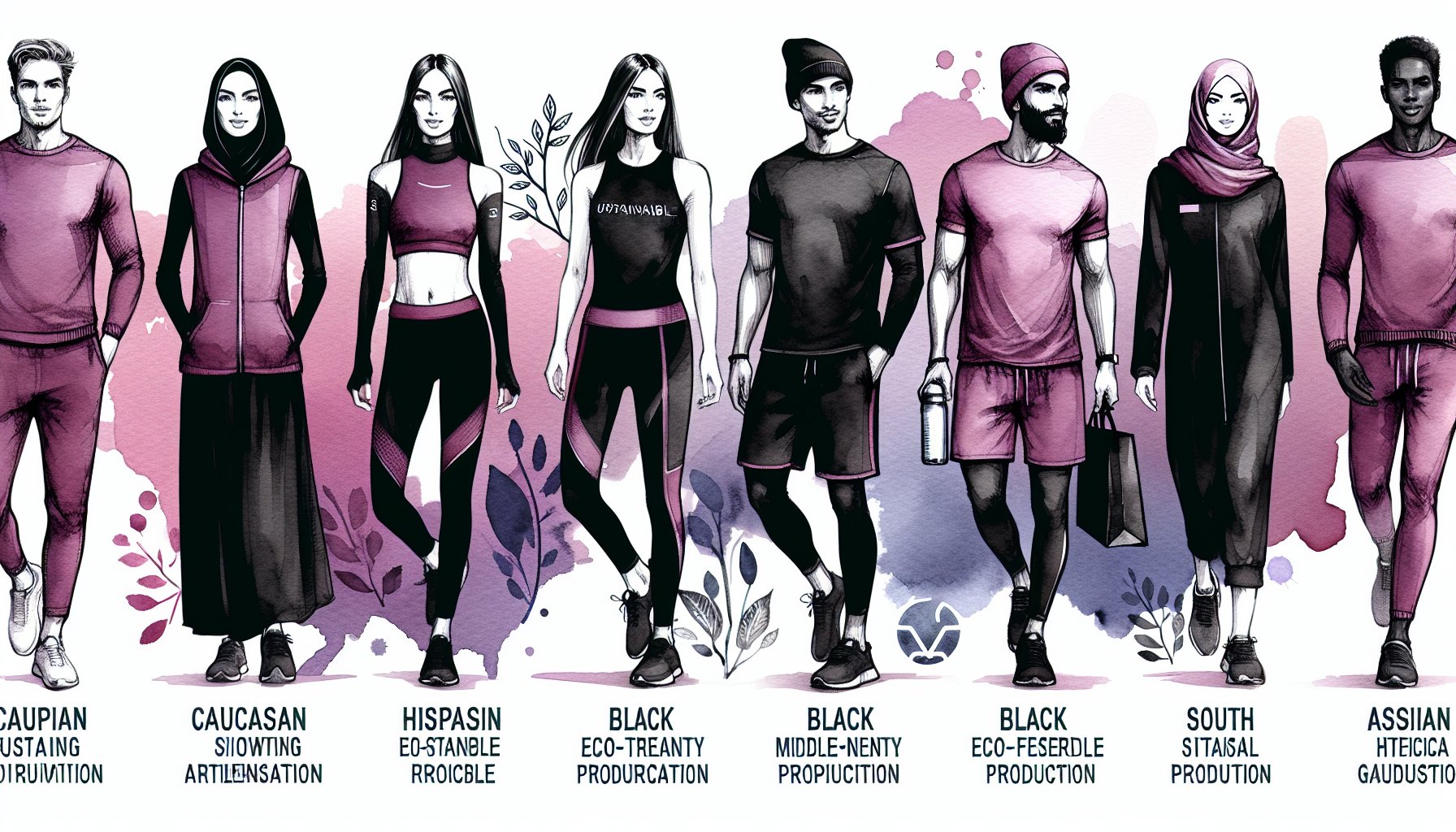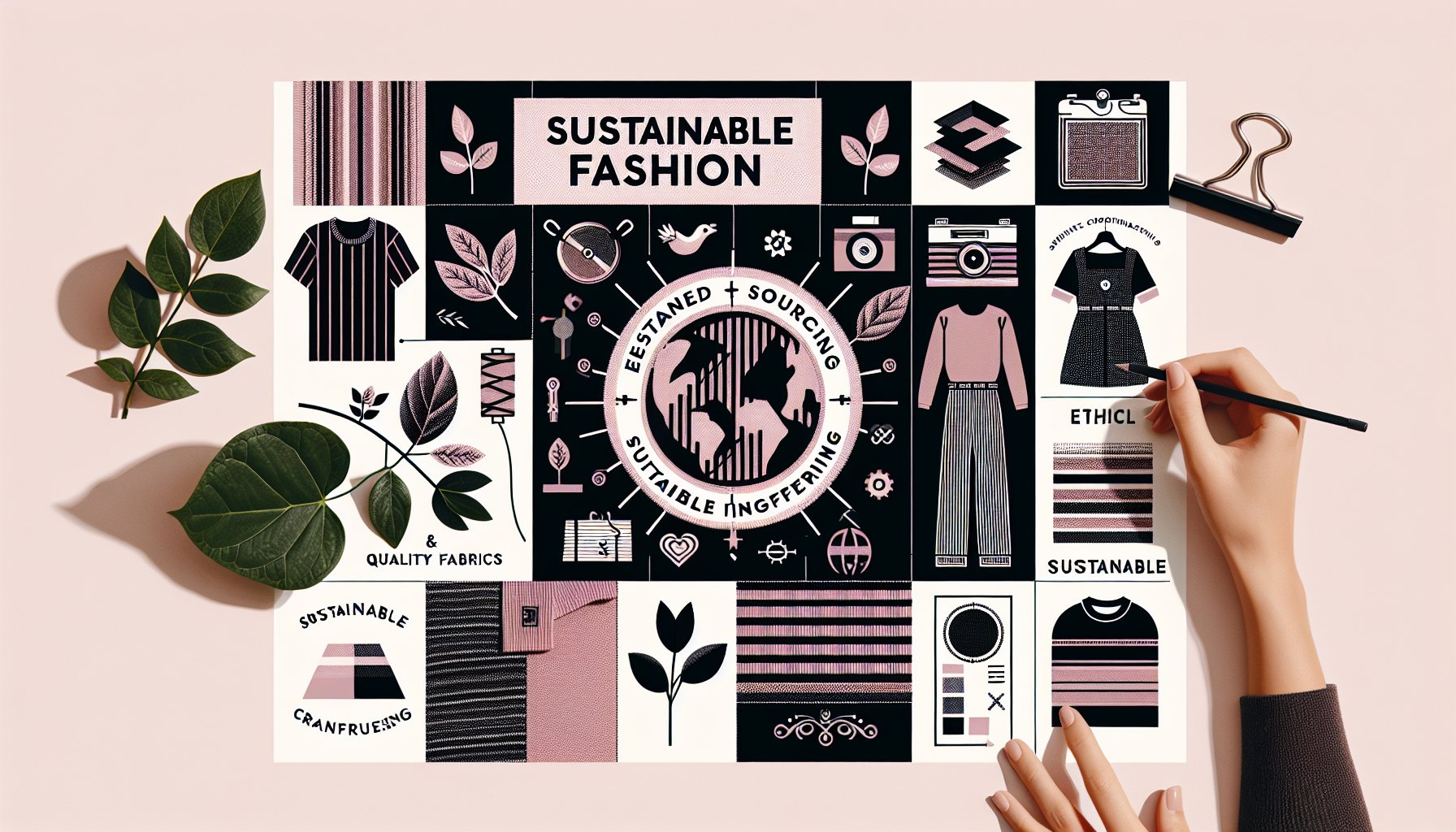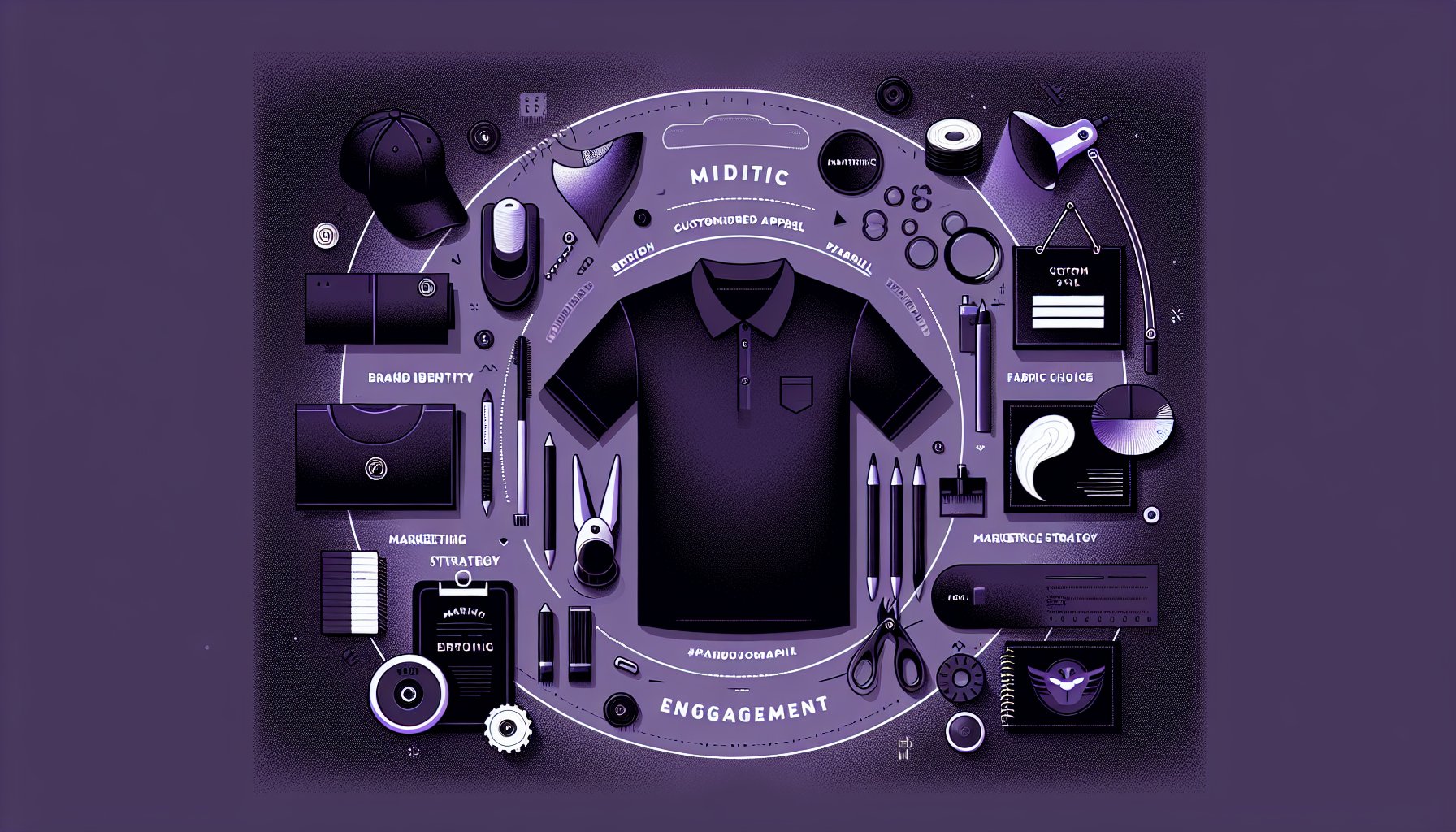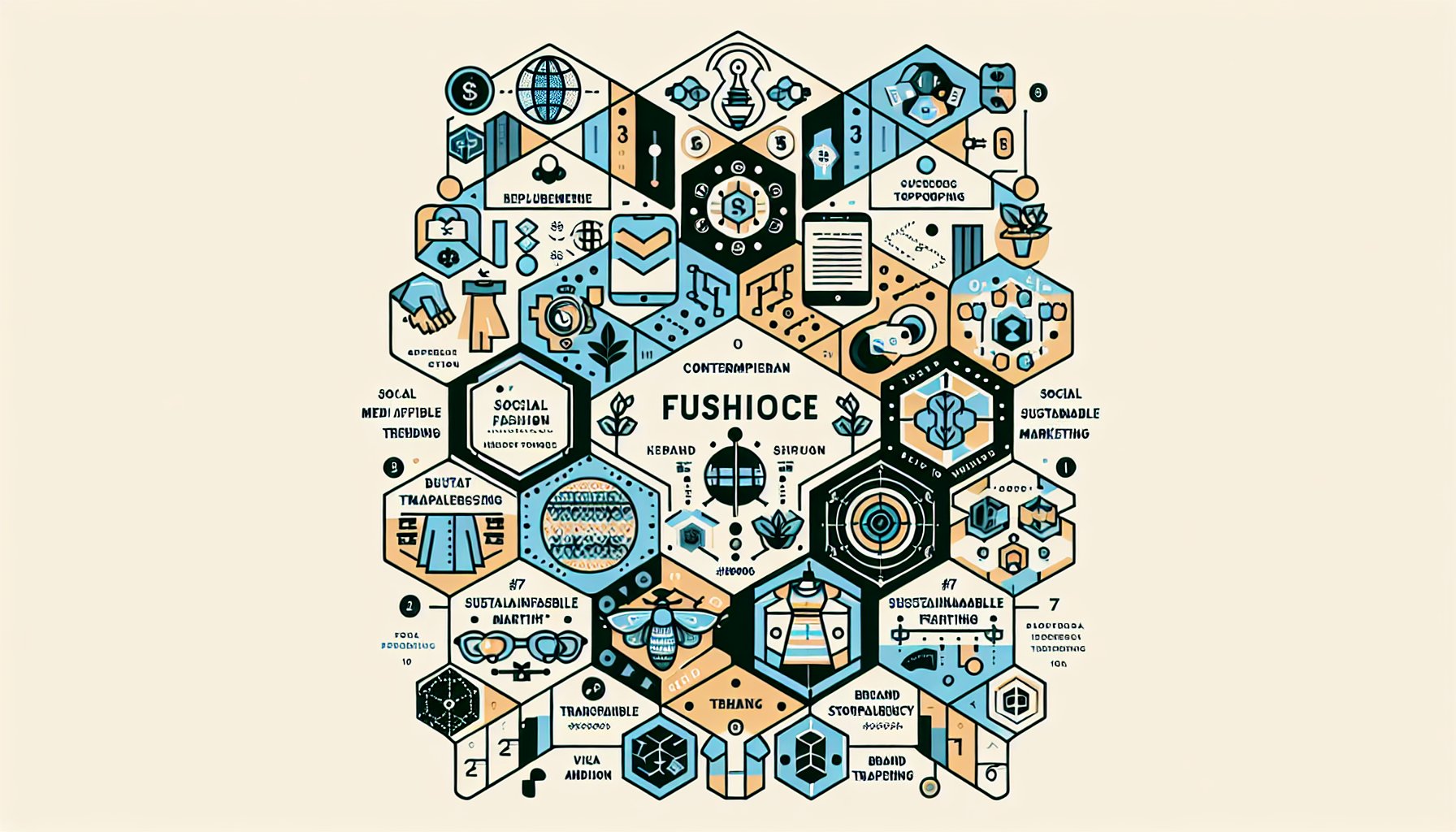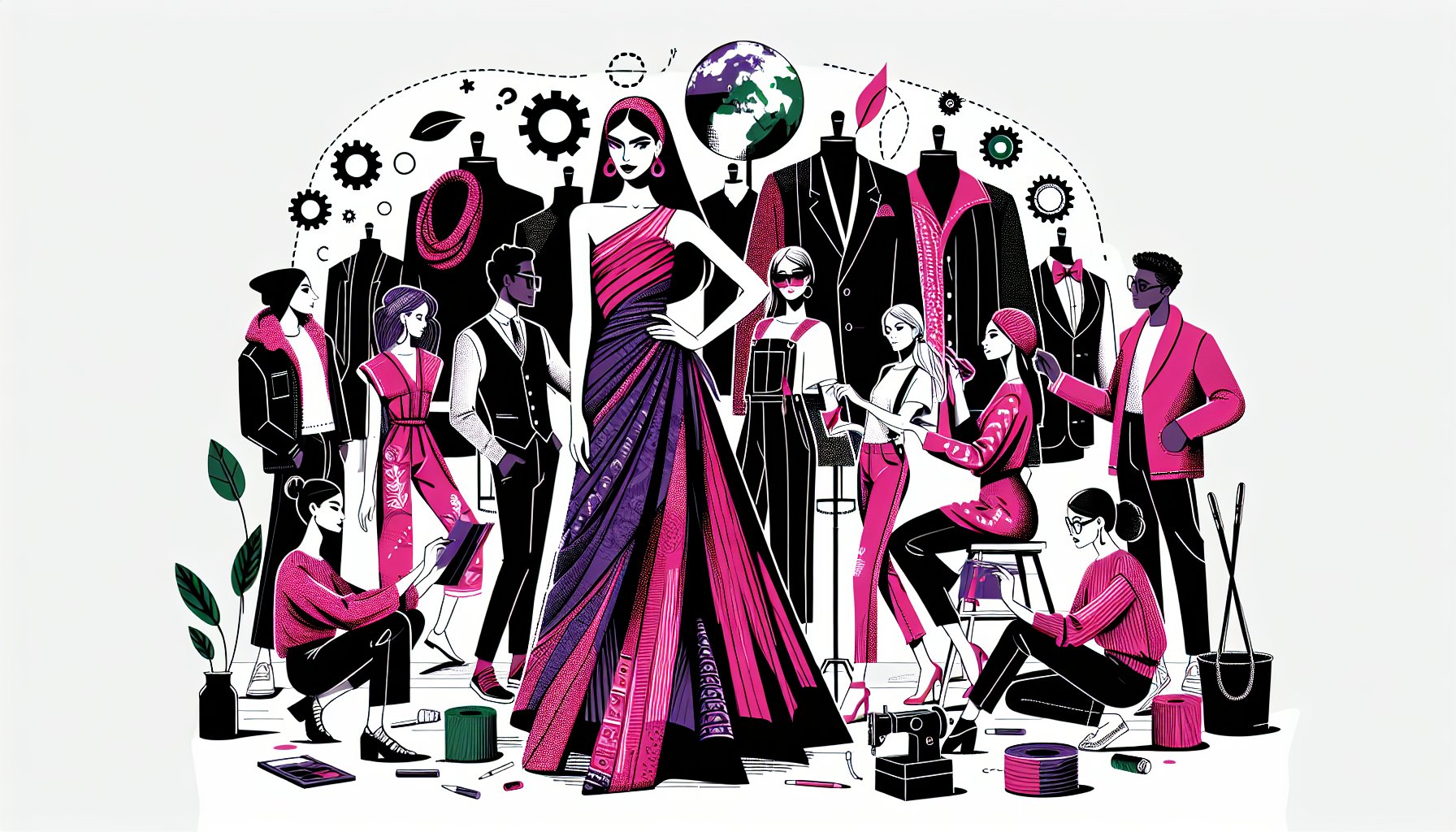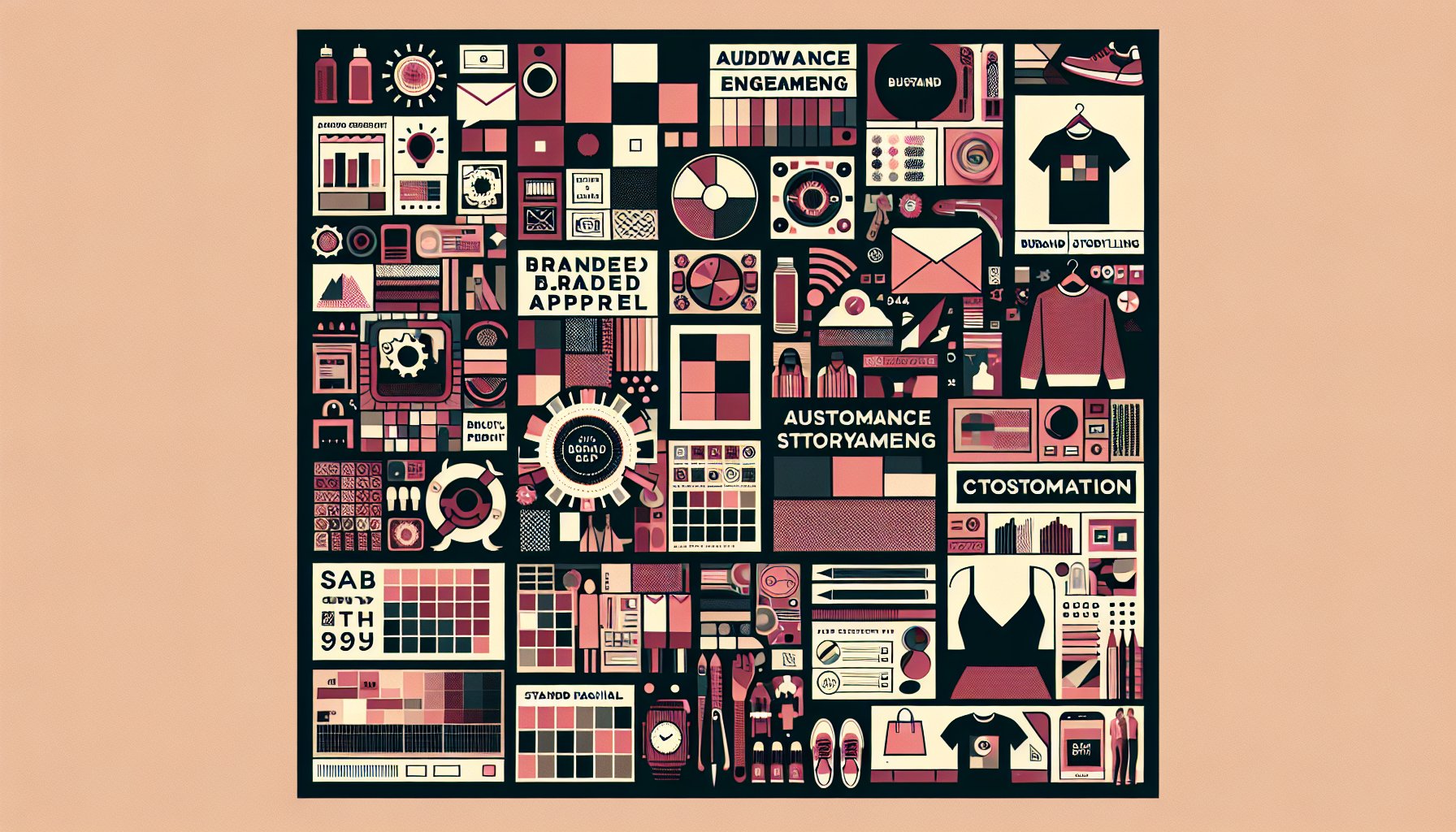Branded Apparel
Understanding the Pricing Strategies of Leading Branded Apparel Brands
Dive into the intricate pricing strategies of leading apparel brands like Aritzia and Zara. Discover how they blend market insights, consumer emotions, and sustainability to craft compelling pricing narratives that resonate with shoppers.
Oct 01, 2025
5 min read
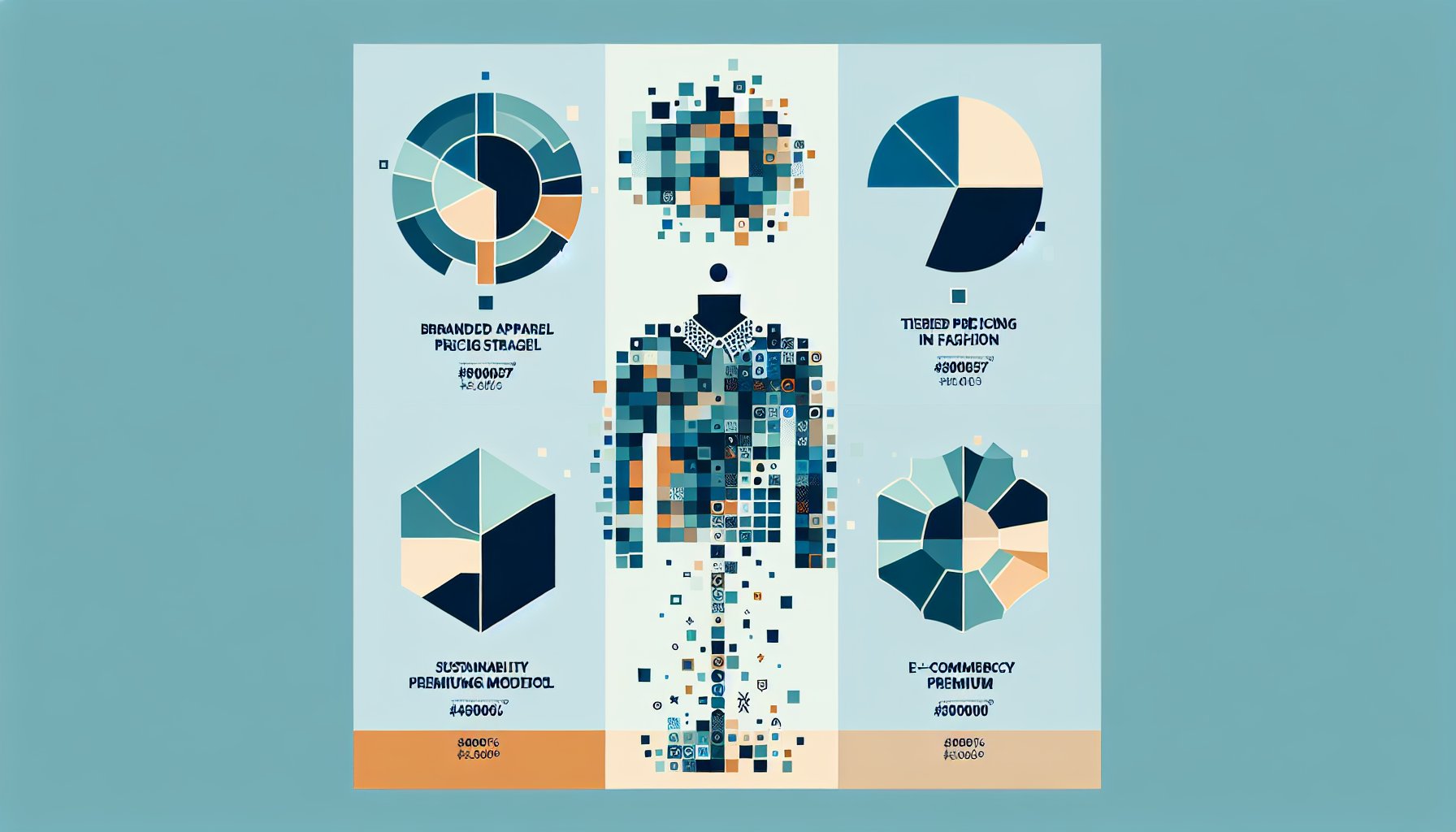
Understanding the Pricing Strategies of Leading Branded Apparel Brands
Crafting Value
In today’s hyper-competitive world of branded apparel, pricing is more than just a number on a tag, it’s a narrative. It’s an orchestra of market savvy, consumer psychology, and brand positioning. Leaders in fashion who master this symphony aren’t just surviving; they’re thriving, carving out a sustainable edge as they go.
Consider Canadian fashion juggernaut, Aritzia, and its clever tiered pricing strategy. Aritzia doesn’t just sell clothes; it offers a spectrum of identities. Wilfred Studio caters to the sophisticated, while Babaton Atelier serves the savvy yet budget-conscious. It’s like a fashion buffet, something for everyone, with each option whispering a different promise.
But let's not get too comfy. As every brand knows, the game is also about keeping an eye, nay, a magnifying glass, on the competition. Deep dives, not just surface skims, are necessary. Brands like Woven Insights provide the data-driven binoculars necessary for keeping one step ahead, ensuring that pricing strategies are as fluid as the ever-shifting market tides.
Behind the Curtain: Pricing Mechanics Revealed
So, how do brands like Aritzia and Zara stay on top of their pricing game? By peering behind the curtain, of course. For Aritzia, it’s all about the story, “Everyday Luxury", crafted through a tiered model that keeps each sub-brand appealing to different aspirations. Wilfred Studio might have a price point 155% higher than Babaton Atelier, but who’s counting? Oh right, the consumers, whose loyalty hinges on this balance between prestige and accessibility.
Zara, on the other hand, dances to the beat of fast fashion, with prices as nimble as their trend pivots. It’s a model of perpetual motion, responding to consumer whims almost in real time. And the technological backbone, advanced data analytics, is the secret sauce allowing brands to tweak prices with the precision of a master chef.
The Emotional Factor: Branding and Price Perception
Let’s get emotional. In fashion, price isn’t just a number; it’s a feeling. Fashionistas don’t just buy a jacket; they invest in identity. Aritzia, Zara, and the like have cracked this emotional code, crafting narratives that justify premium prices. The trick is in the tale, each brand tells a story that resonates deeply, making a dress seem like a must-have piece of art rather than stitched fabric.
The Cost Equation: Materials, Manufacturing, and Beyond
Now, let’s talk numbers. Apparel pricing goes beyond balance sheets, it’s a tapestry of materials, labor, and ethical considerations. High-quality textiles justify higher prices, Aritzia’s Super Puff jackets come to mind. But brands must navigate the tightrope of ethical manufacturing versus cost-cutting, with some, like Patagonia, proudly planting their flag on the side of transparency and ethical sourcing.
Competitive Landscape: The Dance of Differential Pricing
In the fast-paced realm of fashion, differential pricing is a sophisticated tango. Aritzia’s tiered strategy is a masterclass, catering to diverse segments without losing brand cohesion. Zara keeps their finger on the pulse, using data and adaptability to match the rhythm of market demand and consumer sentiment.
The Magic of Markdowns
Markdowns aren’t just inventory clearance, they’re strategic theatrics. When seasons shift and trends wane, savy brands like Aritzia orchestrate markdowns with perfect timing, turning sales into spectacles of perceived value and urgency.
Digital Age Dynamics: E-Commerce Pricing Tactics
Welcome to the digital age, where e-commerce isn’t just a channel; it's a battleground. Brands like Aritzia use data and AI to dynamically adjust prices, ensuring they stay competitive and profitable in a world where consumer preferences can shift overnight.
Sustainability Premium: The Fashion Industry's Green Pricing
These days, eco-consciousness is in vogue, and the "sustainability premium" is how green is priced. Brands like Stella McCartney lead this charge, with consumers happily paying extra for environmentally-friendly fashion karma. Sustainability isn’t just a price point, it’s a narrative that consumers are buying into wholeheartedly.
Supply Chain Stories: Control and Transparency
In fashion, control over the supply chain is paramount. Brands like Aritzia weave their supply stories with precision, ensuring each sub-brand is a perfect fit for its audience. Control is about more than logistics; it’s about brand promise and resilience in an ever-evolving market.
Global Markets, Local Prices
A global presence demands a nuanced approach. Brands like Aritzia tailor their prices to local markets, balancing the global image with local economic realities. From New York to Zurich, each price is a strategic decision, rooted in understanding both global and local dynamics.
Future Trends: What’s Next in Fashion Pricing?
The horizon is littered with changes. AI and machine learning are set to redefine optimal price points. As consumers grow ever more conscious, transparency will become a pricing pillar. Direct-to-consumer models will cut out the middleman, creating more intimate pricing strategies tailored to individual preferences.
In the end, the journey of pricing is about more than numbers, it’s a dialogue, a dance, a story. The brands that listen closely and adapt swiftly will continue to write the narrative of success in the ever-morphing landscape of fashion.
TL;DR
Pricing in fashion is a complex, strategic narrative, weaving together market understanding, consumer psychology, and brand identity. Brands like Aritzia and Zara exemplify tiered and adaptive pricing, while sustainability premiums and the emotional connections to brands are reshaping traditional models. Advanced data analytics and e-commerce dynamics further refine strategies, making pricing a pivotal tool for storytelling and consumer connection. Future trends include an increased reliance on AI, transparency, and direct-to-consumer models.
Need Help?
Check out these related products that can help:

